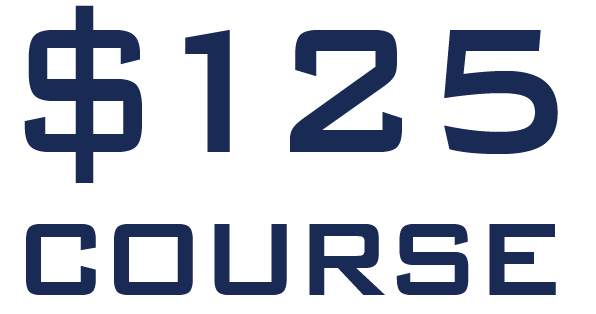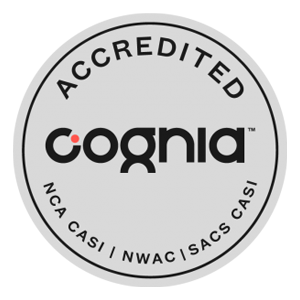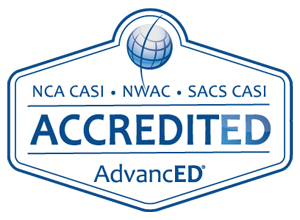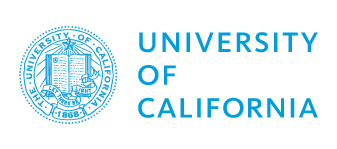Integrated Algebra: A Comprehensive Overview
Integrated algebra represents a cohesive mathematical approach that seamlessly blends multiple topics into unified coursework. This article explores its origins, benefits, challenges, and real-world implications for students and educators alike.
1. Understanding Integrated Algebra
Integrated algebra merges various mathematical strands into one seamless course, creating connections across traditionally separated topics.
1.1 Definition and Key Concepts
Integrated curricula combine subjects rather than segregating them into distinct courses. Algebraic thinking serves as the foundation for both geometric concepts and trigonometry. This integration fosters deeper mathematical comprehension by showing relationships between topics that traditional approaches often obscure through artificial separation.
1.2 How It Differs from Traditional Algebra Courses
Traditional sequences follow Algebra 1, Geometry, then Algebra 2 in separate years. Integrated courses employ spiral learning, revisiting algebraic concepts throughout the curriculum. Lesson plans blend algebraic and geometric problems within single units rather than isolating mathematical strands into completely separate academic terms.

2. Historical Context
Integrated algebra evolved from international educational models before gaining traction in United States classrooms nationwide.
2.1 Global Adoption and Influences
Countries like Singapore and Japan pioneered integrated mathematics curricula decades ago. International performance studies showed stronger mathematical reasoning among students in integrated programs. These results drove educational reformers to question traditional course separation and explore unified approaches to mathematics instruction worldwide.
2.2 Emergence in the United States
California launched notable pilot programs testing integrated pathways in the 1990s. Common Core Standards explicitly authorized integrated mathematics sequences alongside traditional pathways. Districts faced initial resistance from educators comfortable with traditional structures, though acceptance grew as implementation strategies improved over time.
3. Core Curriculum Breakdown
Integrated algebra encompasses diverse mathematical topics and modules, emphasizing their natural interconnections throughout the course.
3.1 Foundational Operations and Number Theory
High school students master integers, fractions, decimals, and percentages within real-world contexts. Properties of real numbers provide the foundation for algebraic manipulation. Ratios, proportions, and basic probability concepts appear throughout units, reinforcing numerical reasoning skills essential for advanced mathematical thinking.
3.2 Algebraic, Geometric, and Functional Elements
Linear equations and polynomials interweave with geometric proofs and constructions. Basic geometric concepts enhance algebraic problem-solving through visual representations. Functions, graphing, and trigonometric ratios emerge naturally from exploring relationships between variables, creating cohesive understanding across mathematical domains.
4. Traditional vs. Integrated Approach
Each method offers distinct advantages and potential drawbacks that educators must carefully contrast when selecting pathways.
4.1 Curriculum Structure
Integrated sequences distribute topics across Math 1, Math 2, and Math 3 courses. Traditional approaches follow rigid yearly progressions while integrated curricula flexibly reinforce concepts. Student learning curves differ significantly, with integrated approaches requiring adjustment to continuous topic blending rather than discrete subject mastery.
4.2 Student Engagement and Outcomes
Integrated pathways potentially develop deeper conceptual understanding through repeated exposure and connections. Standardized test performance data shows comparable or improved results for integrated students. Teachers report increased student engagement when mathematical concepts connect to real-world applications throughout the integrated curriculum.
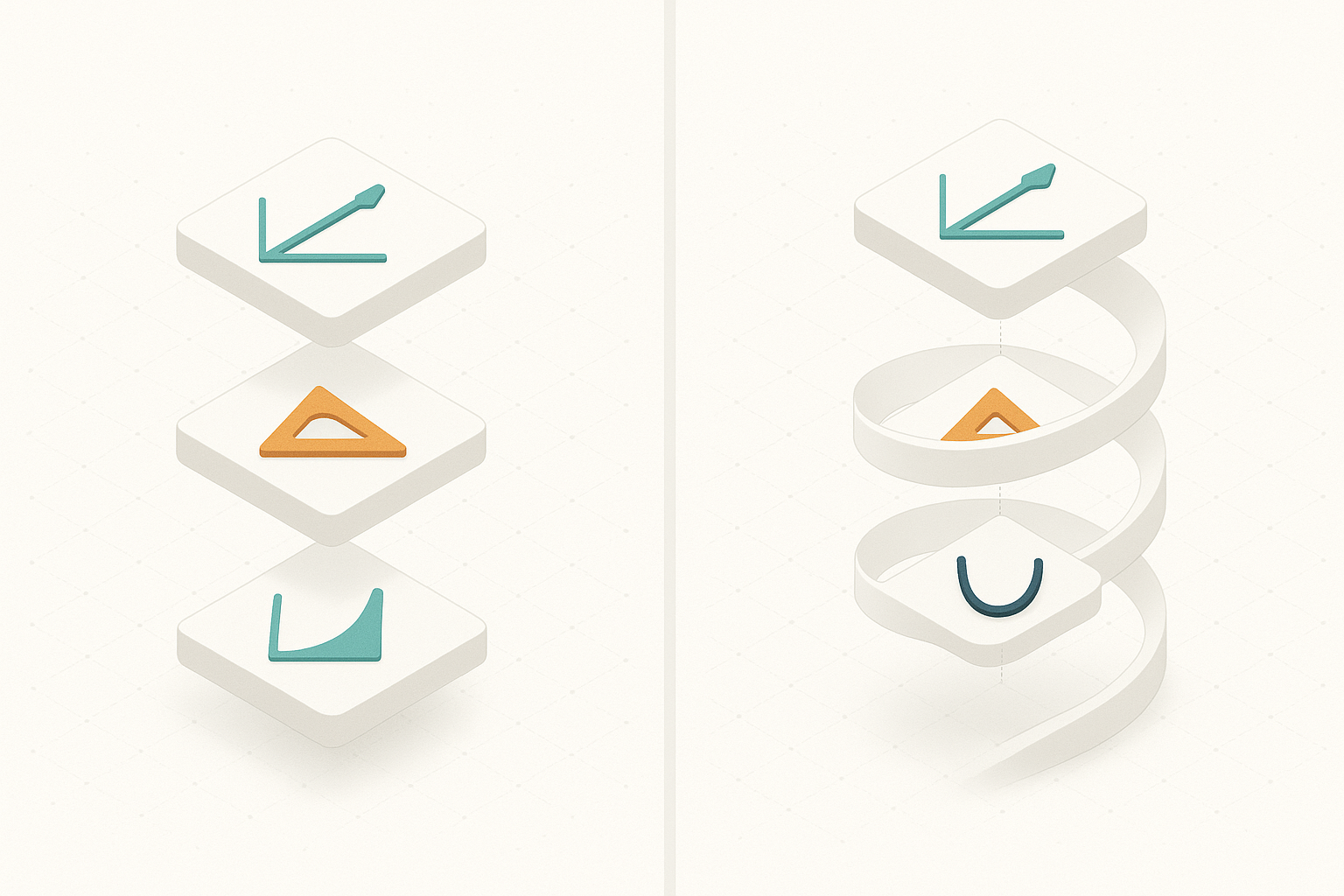
5. State and National Standards
Integrated algebra aligns with various educational guidelines including Common Core Standards and state-specific Regents requirements.
5.1 Common Core Framework
Common Core explicitly authorizes both traditional and integrated mathematics pathways equally. Mathematical Practice standards emphasize reasoning and problem-solving regardless of sequence choice. Districts maintain flexibility to select pathways that best serve their student populations while meeting rigorous national standards for mathematical proficiency.
5.2 Regents Examinations and Local Mandates
New York State endorses integrated mathematics sequences aligned with Regents examination requirements. Integrated algebra coursework prepares students for comprehensive state exit examinations effectively. Regional differences exist in implementation strategies, though core mathematical competencies remain consistent across different state curricula and assessment frameworks.
6. Benefits for Students
Integrated algebra enhances problem-solving abilities, deepens conceptual understanding, and improves long-term retention of mathematical concepts. See our ten benefits of online high school.
6.1 Conceptual Depth and Reinforcement
Frequent revisiting of core mathematical ideas strengthens understanding through multiple contexts. Connections between algebraic and geometric reasoning become explicit rather than implied. Research indicates higher long-term retention rates when students encounter concepts repeatedly across integrated units rather than in isolated courses.
6.2 Relevance to Diverse Learning Styles
Visual learners benefit from geometric representations while kinesthetic learners engage through hands-on activities. Group projects and real-life applications make abstract concepts tangible and meaningful. Math-averse students often gain confidence when seeing practical applications rather than purely theoretical exercises throughout their mathematical journey.
7. Challenges and Myths
Common misconceptions about integrated algebra persist alongside genuine implementation hurdles that schools must address thoughtfully.
7.1 Common Misunderstandings
The myth that integrated means less rigorous contradicts evidence from high-performing countries. Fears about skipping essential algebra topics prove unfounded when examining comprehensive curricula. New course labeling creates initial confusion for parents and students accustomed to traditional mathematics course names and expectations.
7.2 Implementation Barriers
Teacher training requires significant investment as educators adapt to integrated instructional approaches. Students transferring between traditional and integrated tracks face alignment challenges requiring careful planning. Administrative complexities include scheduling, resource allocation, and coordinating professional development to support successful integrated mathematics program implementation.
8. Real-World Applications
Integrated algebra provides practical skills applicable to everyday situations from personal budgeting to complex problem-solving scenarios.
8.1 Personal Finance and Decision-Making
Students learn budget creation, loan calculations, and interest computations through algebraic modeling. Data interpretation skills enable informed decision-making in personal and professional contexts. Daily problem-solving improves as students recognize algebraic reasoning patterns in routine situations requiring logical analysis and quantitative thinking.
8.2 Practical STEM and Career Pathways
Engineering, computer science, and architecture fundamentals emerge naturally from integrated mathematical concepts. Geometric and algebraic models apply directly to real-world projects and design challenges. College readiness improves as students develop versatile problem-solving skills essential for success in diverse STEM fields and careers.

9. Online Learning Options
Digital platforms offer flexible integrated algebra courses with various accreditation options and technological support systems available. Consider our summer school options.
9.1 Accredited Virtual Programs
Quality online algebra courses feature interactive content, certified instructors, and recognized credentials. Synchronous learning provides real-time interaction while asynchronous options offer scheduling flexibility. Credit requirements and school policies vary, requiring careful evaluation to ensure virtual coursework meets specific academic standards and graduation requirements.
9.2 Tools and Technology for Remote Study
Interactive simulations and digital manipulatives enhance understanding of abstract mathematical concepts online. Video lessons, discussion boards, and live tutoring create comprehensive learning environments remotely. Accessibility features and cost considerations influence platform selection, with many offering financial assistance or free resources for qualifying students.

10. Preparing for Regents & Standardized Exams
Strategic preparation aligns integrated algebra studies with standardized testing requirements for optimal examination performance and success.
10.1 Key Content Areas on Exams
Mathematical and algebraic expressions, functions, and inequalities form core assessment components on standardized tests. Data analysis and geometry concepts appear frequently in multi-step problem scenarios. Sample questions follow predictable formats, allowing targeted preparation through understanding common problem types and expected solution methods required.
10.2 Study Plans and Practice Resources
Consistent review schedules maximize retention while preventing last-minute cramming before examinations. Past examination archives provide authentic practice with actual test questions and formats. Collaborative study groups and virtual tutors offer peer support and expert guidance throughout the preparation process for optimal results.

11. Strategies for Success
Targeted techniques help high school students excel in integrated algebra while maintaining engagement and motivation throughout studies.
11.1 Daily Practice and Concept Reinforcement
Setting aside dedicated study time each day builds consistent mathematical thinking habits. Checklists and progress tracking maintain accountability and highlight improvement areas. Short quizzes reinforce retention while identifying concepts requiring additional review.
11.2 Integrating Real-Life Examples
Everyday experiences transform into mathematical problems, making abstract concepts tangible. Curiosity across disciplines reveals mathematical patterns in unexpected places. Class projects gain meaning when connected to student interests and applications.
11.3 Collaboration and Peer Learning
Group problem-solving activities develop communication skills alongside mathematical understanding. Peer tutoring benefits both tutors and learners through knowledge-sharing exchanges. Presentations consolidate understanding while building confidence in mathematical communication abilities.
12. Future Directions & Conclusion
Integrated algebra continues evolving as educational innovations reshape mathematics instruction and prepare students for emerging opportunities.
12.1 Innovations in Integrated Curriculum
Educational technologies enable personalized learning paths within integrated frameworks. Cross-disciplinary projects expand beyond traditional STEM boundaries into arts. Global influences continue shaping United States mathematics standards and approaches.
12.2 Career and Academic Pathways Beyond Integrated Algebra
Advanced STEM courses build naturally upon integrated algebra foundations. College preparation improves through comprehensive mathematical understanding across domains. Lifelong learning benefits from versatile problem-solving skills developed through thinking.
12.3 Key Takeaways
Integrated algebra offers proven benefits for conceptual understanding and retention. Online options and strategic preparation overcome implementation challenges effectively. Educators and students should explore integrated mathematics pathways for comprehensive development.

